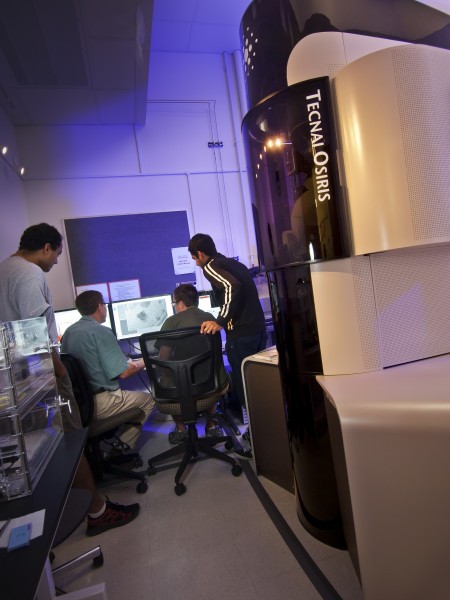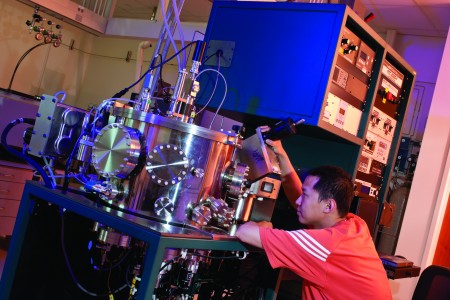UNL’s new Voelte-Keegan Nanoscience Research Center strengthens UNL’s capacity to address some of the nation’s pressing problems through nanoscience.
Completed in early 2012, the 32,000-square-foot center houses the seven core facilities and two shared laboratories of the Nebraska Center for Materials and Nanoscience. It consolidates UNL’s state-of-the-art nanoscience research facilities in a single, central location accessible to the more than 80 faculty affiliated with the NCMN.
Above left: Researchers use new transmission electron microscope. Above right: Graduate students in Nanofabrication Clean Room Facility. Bottom right: Graduate student Rui Zhang in Materials Preparation Core Facility.
The building also provides researchers access to specialized equipment, such as a National Science Foundation-funded transmission electron microscope and a high-tech clean room that eliminates dust particles.
“This truly puts us on the map,” said David Sellmyer, NCMN director and George Holmes University Professor of Physics and Astronomy. “It makes for much greater ease of collaboration and a lot more efficiency.”
UNL’s Materials Research, Science and Engineering Center, funded by the NSF and focused on quantum and spin phenomena in nanomagnetic structures, relies on these core facilities, said physicist Evgeny Tsymbal, MRSEC’s director and a Charles Bessey Professor. Thanks to the facility’s centralized services and new equipment, faculty are pursuing research that wasn’t previously possible.
“The center will boost research and collaborations in nanoscience and create the infrastructure necessary to enhance our competitiveness,” Tsymbal said.
Funding agencies increasingly are encouraging large collaborative projects that engage cutting-edge expertise and facilities worldwide to solve formidable challenges, Sellmyer said. The new center strengthens UNL’s competitiveness for grants, both for individual researchers and for UNL’s increasing participation in these large multi-institutional collaborative projects.
“The center will boost research and collaborations in nanoscience and create the infrastructure necessary to enhance our competitiveness.”
Improving UNL’s nanoscience research facilities also benefits Nebraska, Sellmyer added. The center enhances collaboration with industries that also use these facilities and is an incentive for startup companies to locate here.
Major funding for the research center came from a $5 million donation from UNL alumnus Don Voelte and his wife, Nancy Keegan, a University of Nebraska Foundation board member, and a $7 million competitive federal grant from the National Institute of Standards and Technology through the American Recovery and Reinvestment Act.
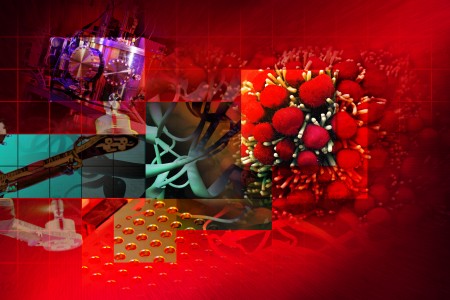
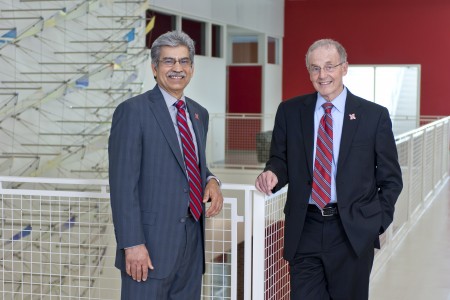
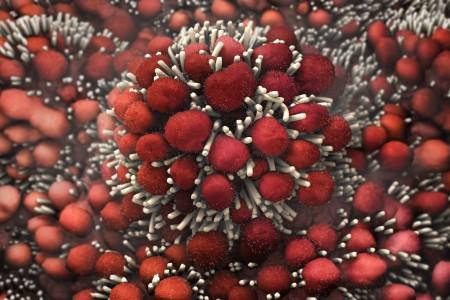
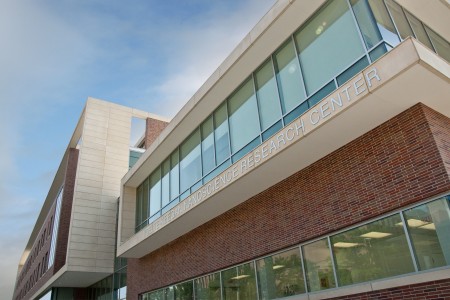
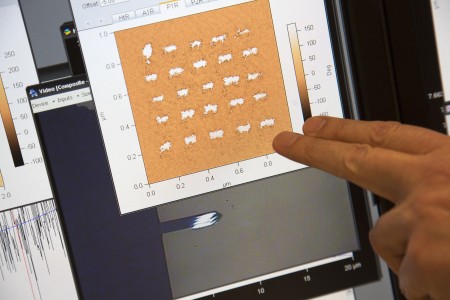
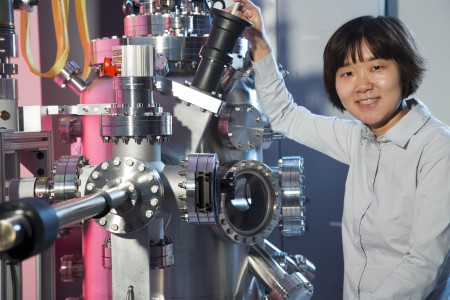
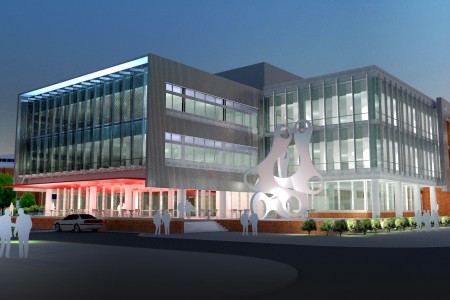

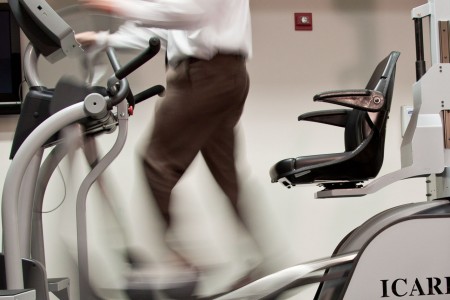
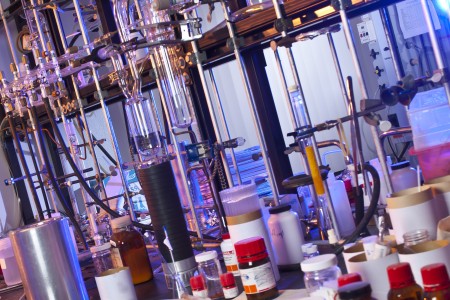
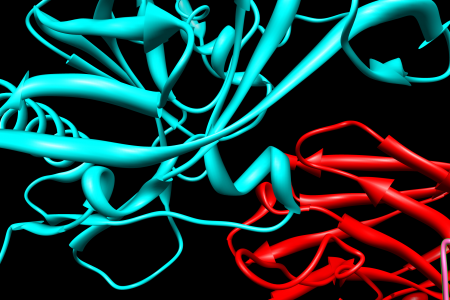
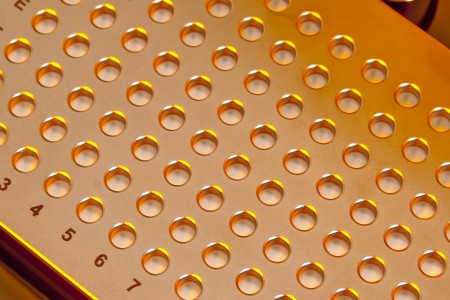
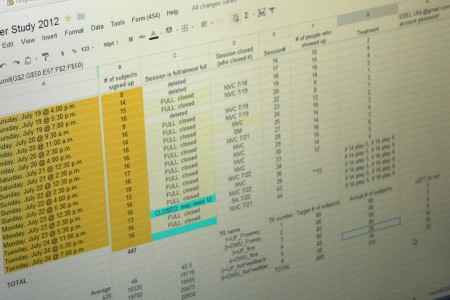
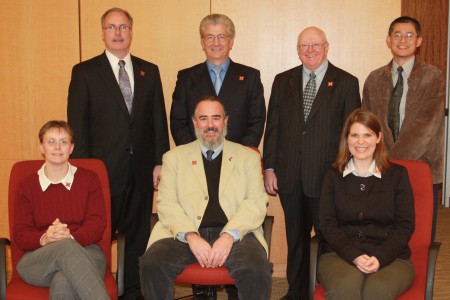

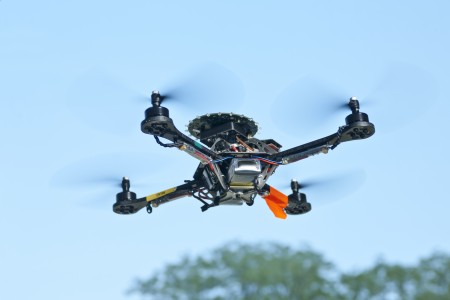
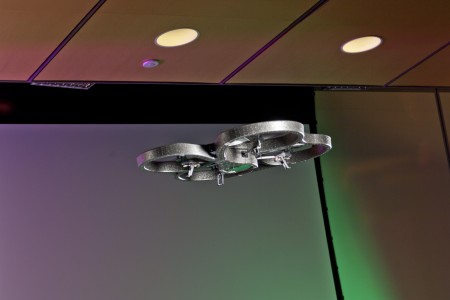
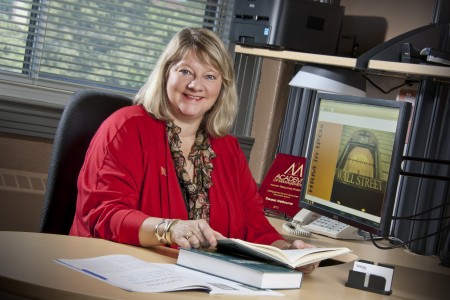
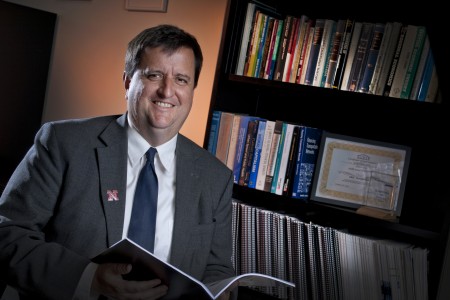




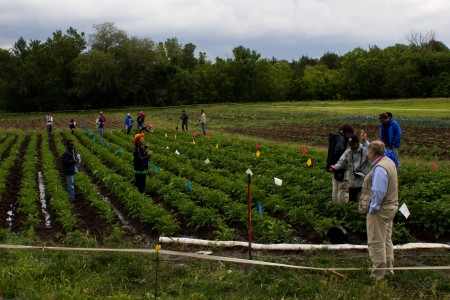
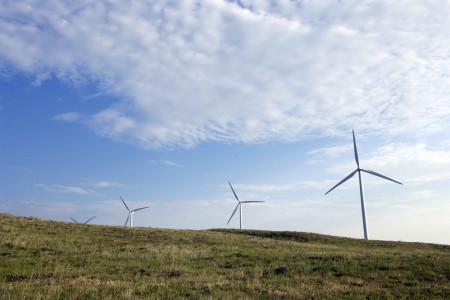
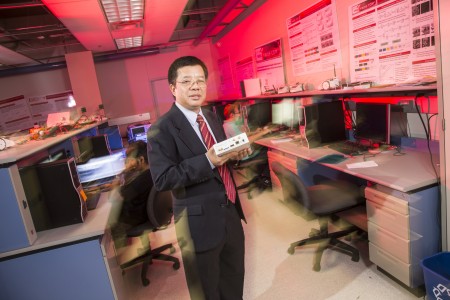
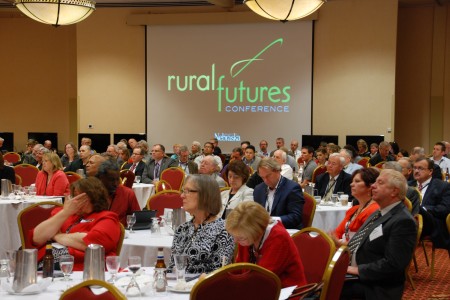
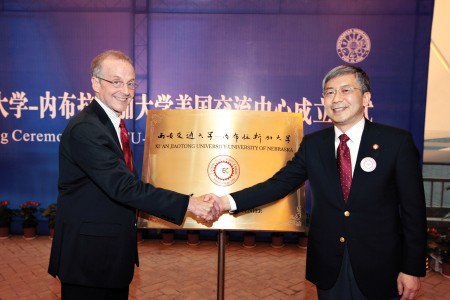
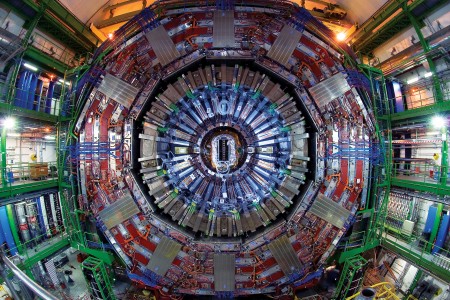
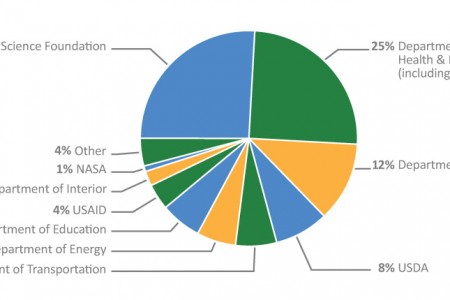

 2011-2012 Research Report
2011-2012 Research Report



